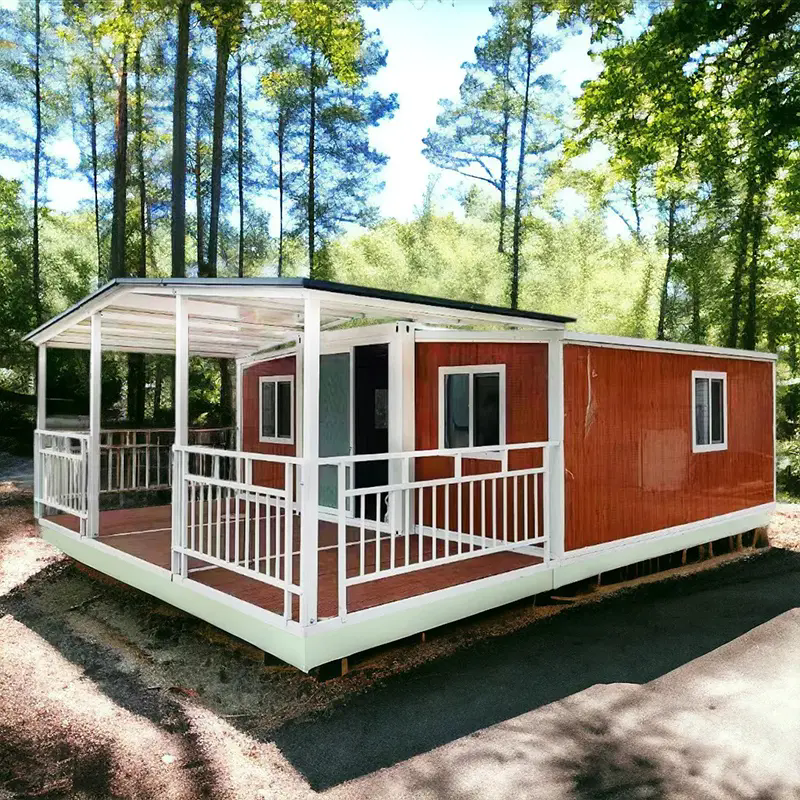Expandable Container House: Innovative, Flexible, and Sustainable Living
2025-05-27
An expandable container house is a modern, versatile housing solution designed using shipping containers that can be expanded or modified to meet changing space needs. Combining portability, durability, and eco-friendliness, these homes offer an efficient way to create customizable living or working spaces.

What Is an Expandable Container House?
An expandable container house starts with one or more standard shipping containers that are engineered to unfold, slide out, or attach additional modules to increase the interior space. This design provides flexibility by allowing homeowners to add rooms or features as their needs grow, without the complexity or cost of traditional construction.
Features of Expandable Container Houses
Modular Design
Containers can be connected side-by-side, stacked, or unfolded to create spacious interiors.
Mobility
Easy to transport and relocate, making them ideal for temporary or remote housing.
Durability
Made from strong steel, container houses withstand harsh weather and provide long-lasting shelter.
Eco-Friendly
Reusing shipping containers reduces waste and promotes sustainable building practices.
Fast Construction
Prefabricated components enable quicker assembly compared to conventional homes.
Advantages of Expandable Container Houses
1. Customizable Space
Add rooms, expand living areas, or include office spaces as required.
2. Cost-Effective
Lower construction and material costs compared to traditional buildings.
3. Sustainability
Environmentally responsible by repurposing existing materials.
4. Portability
Can be moved or reconfigured, suitable for disaster relief, construction sites, or mobile businesses.
5. Modern Aesthetics
Sleek, industrial look that appeals to contemporary design lovers.
Typical Uses
Residential Homes
Expandable units can grow with families or adapt to changing lifestyle needs.
Vacation Cabins
Portable and quick to set up in scenic locations.
Offices and Studios
Flexible workspaces that can be resized as teams grow.
Emergency Shelters
Rapid deployment and expansion for disaster-affected areas.
Retail and Pop-Up Shops
Easily movable commercial spaces with adaptable layouts.
Things to Consider
Structural Reinforcement
Expanding containers may require additional support for stability.
Insulation and Ventilation
Proper thermal insulation is needed for comfort across seasons.
Local Building Codes
Compliance with zoning and housing regulations is essential.
Utilities Installation
Plumbing, electrical, and HVAC systems must be planned for modular expansion.
Conclusion
The expandable container house offers an innovative, flexible, and eco-friendly approach to modern living and working spaces. By combining the robustness of shipping containers with modular expansion capabilities, these homes provide adaptable solutions to suit evolving needs — all while reducing environmental impact and construction time.


